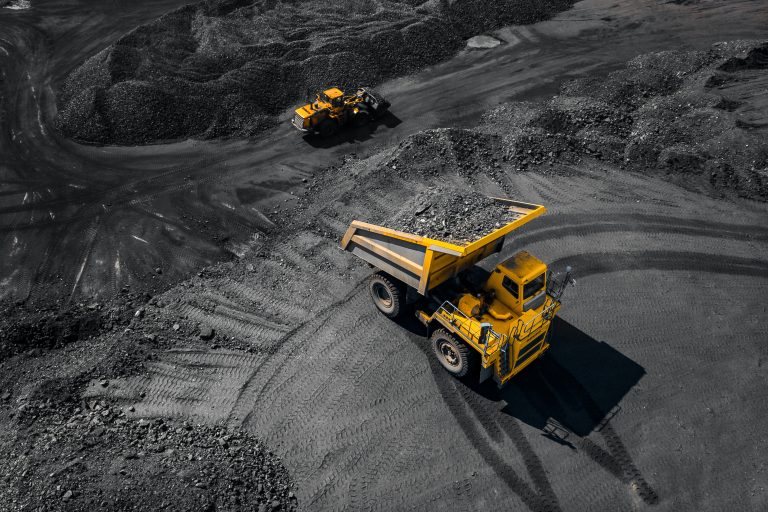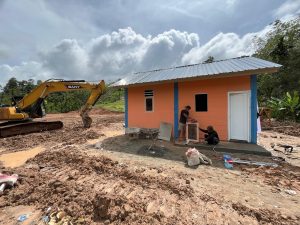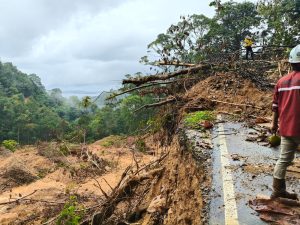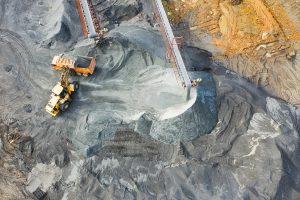Jakarta – The Ministry of Energy and Mineral Resources (MEMR) said that 18 downstream projects currently being prepared will be completed in stages, with the target of completing all feasibility studies before the end of the year.
In its statement on Friday, September 19, the Ministry of Energy and Mineral Resources said that the acceleration of energy downstreaming will continue until the end of 2025. Of all the projects listed, the downstreaming of coal into dimethyl ether (DME) is cited as the top priority. This project is expected to reduce Indonesia’s dependence on liquefied petroleum gas (LPG) imports.
The Secretary General of the Ministry of Energy and Mineral Resources, who is also the Head of the Downstream and Energy Security Task Force, Ahmad Erani Yustika, explained that each project faces different challenges in the completion process.
“The refinery project is certainly different from storage, storage is different from alumina, and alumina is different from silica. So, the completion will indeed be gradual. But our target is for all FS to be completed by the end of this year, so that we can immediately enter the execution stage,” said Erani.
“It seems that one of the top priorities is DME. Because our LPG demand is high, and by utilising coal to produce DME, there is a great opportunity to substitute LPG imports. This is very important for our energy security,” he explained.
The coal-to-DME project was actually initiated by PT Bukit Asam Tbk (PTBA) together with Pertamina and Air Products. However, the collaboration was halted after Air Products—the technology holder—decided to withdraw from the project. Now, the government is trying to find a new scheme so that this vital project can be continued.
18 strategic downstream projects
The National Energy Downstreaming and Security Task Force noted that the 18 projects currently being prepared cover various sectors, ranging from minerals and coal, energy transition, energy security, to agriculture and marine affairs.
In the minerals and coal sector, there are eight projects worth USD 20.1 billion, with the potential to absorb 104,974 workers. Then, in the agricultural industry, there are three projects, with an absorption of 23,950 workers.
Furthermore, the marine and fisheries sector has three projects that employ 67,100 people. The energy transition sector includes two projects worth USD 2.5 billion, which are expected to create 29,652 jobs. Meanwhile, the energy security sector has two projects worth USD 14.5 billion, with the potential to employ 50,960 workers. In total, these 18 projects are estimated to absorb 276,636 direct and indirect jobs. (Hartatik)
Banner photo: shutterstock.com














